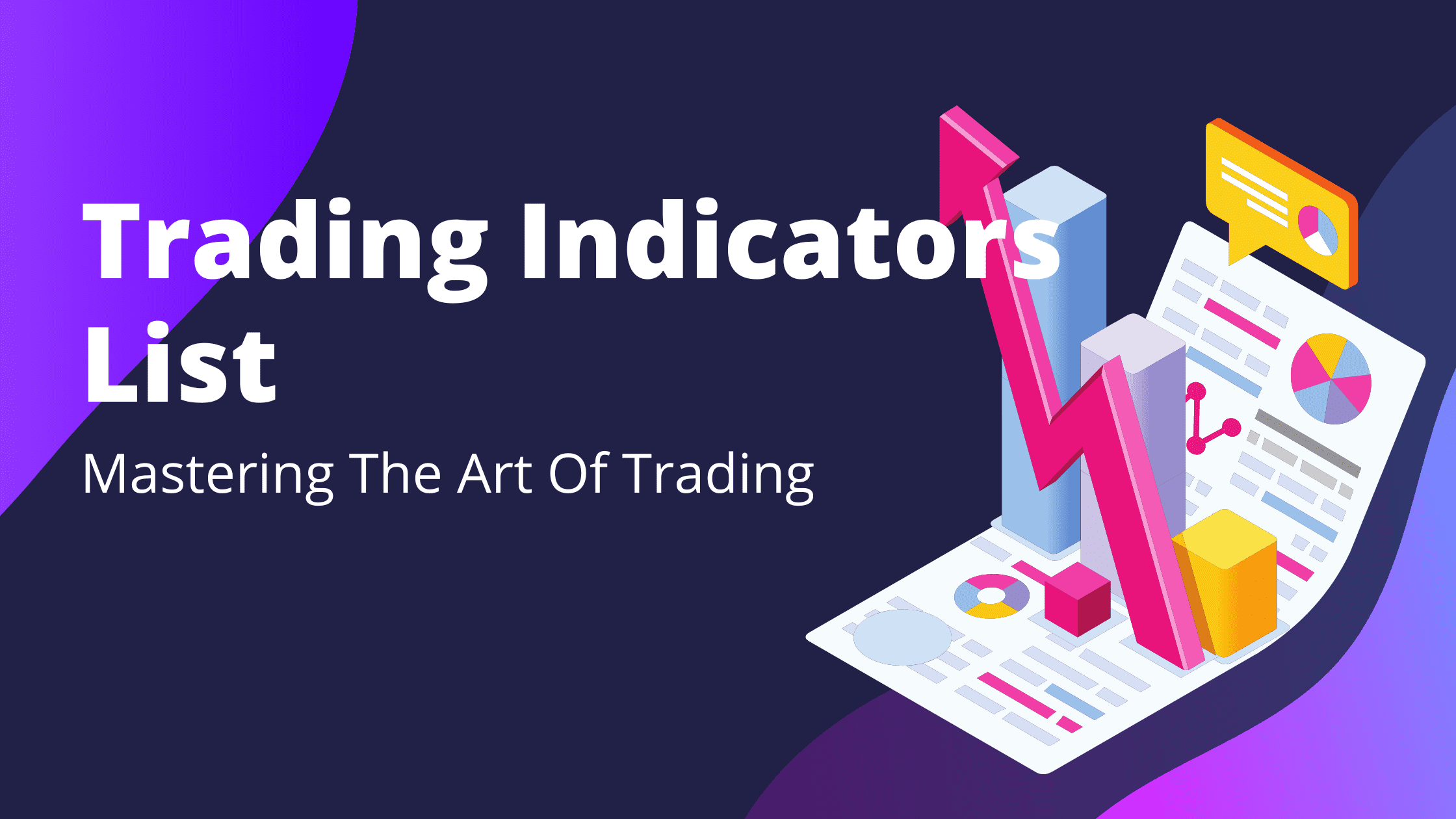
If you’re looking to master the art of trading and improve your profitability, you need to have a thorough understanding of technical analysis and the tools it provides. Trading indicators are an essential component of technical analysis, and they can help you identify potential opportunities and maximize your profits. In this article, we’ll help you master the art of trading and achieve maximum profitability.
List of Trading Indicators:
Moving Averages (MA)
Moving averages are one of the most widely used indicators in technical analysis. They help traders identify trends and potential trend reversals by smoothing out price movements over a specific period.
Relative Strength Index (RSI)
The RSI is a momentum indicator that measures the strength of a security’s price action. It helps traders identify potential overbought or oversold conditions of a stock or asset.
Bollinger Bands
Bollinger Bands are volatility bands placed above and below a moving average. They help traders identify potential breakouts or breakdowns of a security by measuring volatility.
MACD (Moving Average Convergence Divergence)
The MACD is a trend-following momentum indicator that shows the relationship between two moving averages. It helps traders identify potential trend reversals and spot buying or selling opportunities.
Fibonacci Retracement
The Fibonacci retracement tool is used to identify potential support and resistance levels based on the Fibonacci sequence. It helps traders determine potential price movements of a stock or asset.
Ichimoku Cloud
The Ichimoku Cloud is a comprehensive technical analysis tool that provides multiple indicators, including moving averages, support and resistance levels, and momentum. It helps traders identify potential trend reversals and determine potential buying or selling opportunities.
Stochastic Oscillator
The Stochastic Oscillator is a momentum indicator that compares a security’s closing price to its price range over a specific period. It helps traders identify potential overbought or oversold conditions of a stock or asset.
Average Directional Index (ADX)
The ADX is a trend strength indicator that measures the strength of a security’s trend. It helps traders identify potential trends and determine the strength of the trend.
You may also like:
RSI Strategy Based Trends Indicator
Conclusion
Mastering the art of trading requires a combination of technical analysis, fundamental analysis, and risk management. Trading indicators are an essential component of technical analysis, and the above list provides a solid foundation for traders of all levels to improve their profitability. By incorporating these indicators into your trading strategy, you’ll be on your way to mastering the art of trading and achieving maximum profitability.






